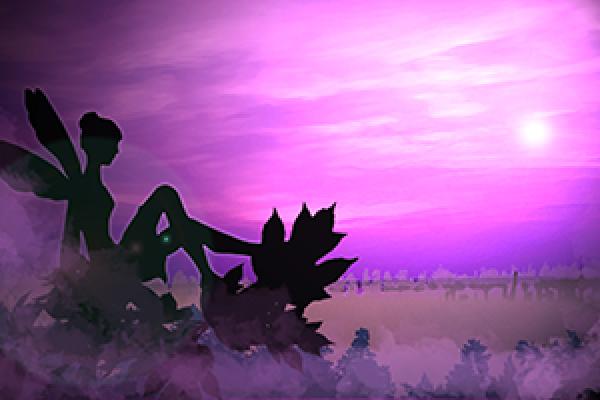Fairies, fantasy to be focus of CMRS conference

Beneath the familiar and lovable Tinker Bell, there is a world of history, lore and theory surrounding fairies that begins as early as Homer’s mention of “watery fairies” in The Iliad circa 700 BC.
Fairies have since grown their wings in people’s hearts and minds across the world, making themselves known through literature, art, theater, music and poetry, especially during the Middle Ages and Renaissance era.
“Popular belief in fairies was so potent [in the Middle Ages] that the Christian church actively attempted to suppress what they saw as unacceptable, non-Christian rituals and superstitions engaging with fairies,” said Leslie Lockett, interim director of the Center for Medieval and Renaissance Studies, which is hosting a symposium on “Fairies and the Fantastic” on Feb. 22-23 at the Ohio Union.
The public event is part of the center’s biannual conference on Popular Culture and the Deep Past, which incorporates academic elements — with speakers flying in from all over the world to present research — as well as fun and entertainment. Topics are chosen that appeal to “an audience who’s enthusiastic about the Middle Ages, the Renaissance and fantasy or cosplay rooted in those time periods,” said Lockett, adding that past conference themes have included Harry Potter, Game of Thrones and J.R.R. Tolkien.
From Chaucer to Shakespeare to Cinderella and beyond, “Fairies and the Fantastic” will dive head first into the secret spirit realm of fairyland, exploring diverse depictions of fairies throughout the centuries.
Big, small, malevolent, benevolent, winged, wingless — how fairies are imagined has fluctuated by time and region, said prolific author and Ohio State alumna Chris Woodyard, who will deliver the conference’s keynote address at 6:30 p.m. on Feb. 22 in 180 Hagerty Hall.
Woodyard, whose expertise is any and all things supernatural (as evidenced by her Haunted Ohio series), will highlight the transformation from early malevolent fairies to present-day conceptions and illuminate parallels between fairy lore and ghost lore, among other topics.
“The Celtic Revival saw a deeply romanticized version of the tall, stately fairies of Ireland, while Victorian and Edwardian literature and theater treated fairies as juvenile entertainment with much emphasis on fairy pantomimes, ballets and children’s plays,” she said. “Today, we have anime and animation, cosplay and a deliberate return to the ‘dark’ side of fairies.”
The ‘standard’ winged fairy imagery comes largely from the Victorian theater.”
Other lecture subjects include:
- “Fairy Friends and Demons,”
- “French Fairy Fashions,”
- “Public Reaction to Fairy Photographs: Interwar Journalism in Britain and the U.S.,”
- “The Perilous Realm: Faerie and the Fantastic in the Writings of J.R.R. Tolkien,” and
- “Everything Old Is New Again: How 17th Century Italian Fairies Find Their Way Into 21st Century Hollywood.”
“Fairies and the Fantastic” will also feature calligraphy, wool-spinning and medieval combat demonstrations; a fairy commedia dell’arte; medieval manuscripts and early printed books; and much more.
“It’s so gratifying to be able to open up what we do to a bigger audience,” Lockett said. “We hope everyone learns something new and has a lot of fun.”
